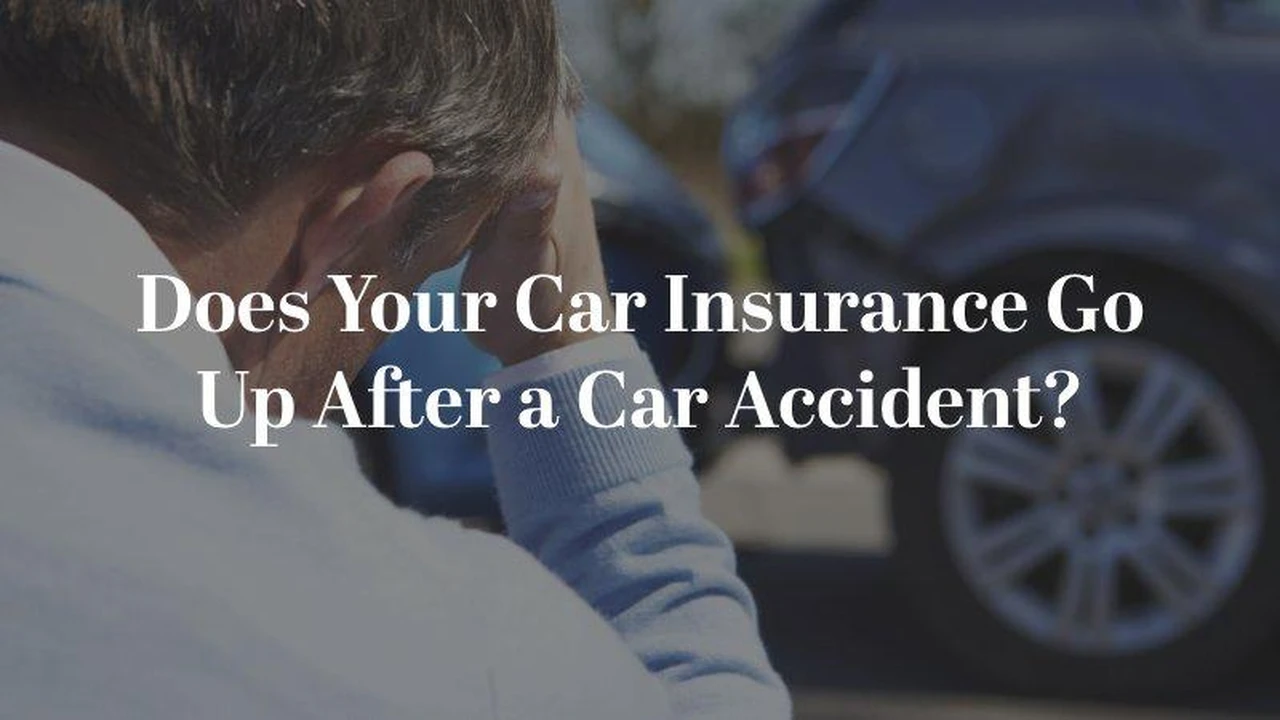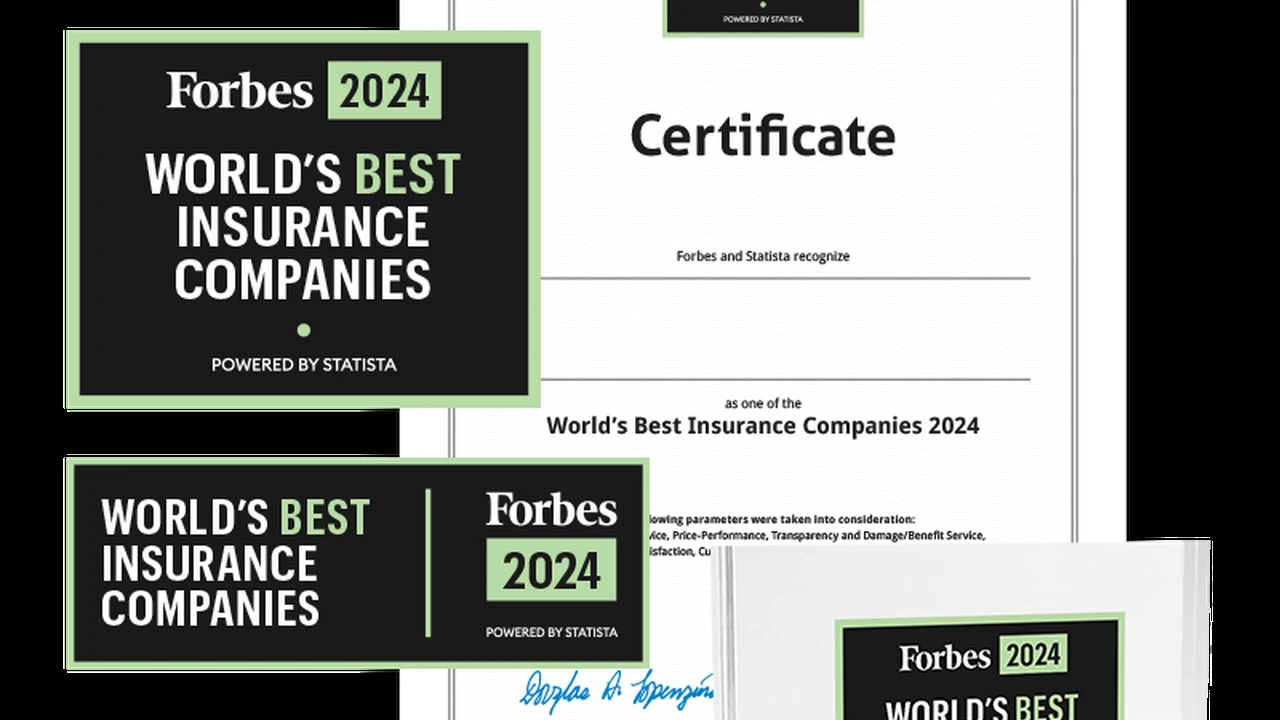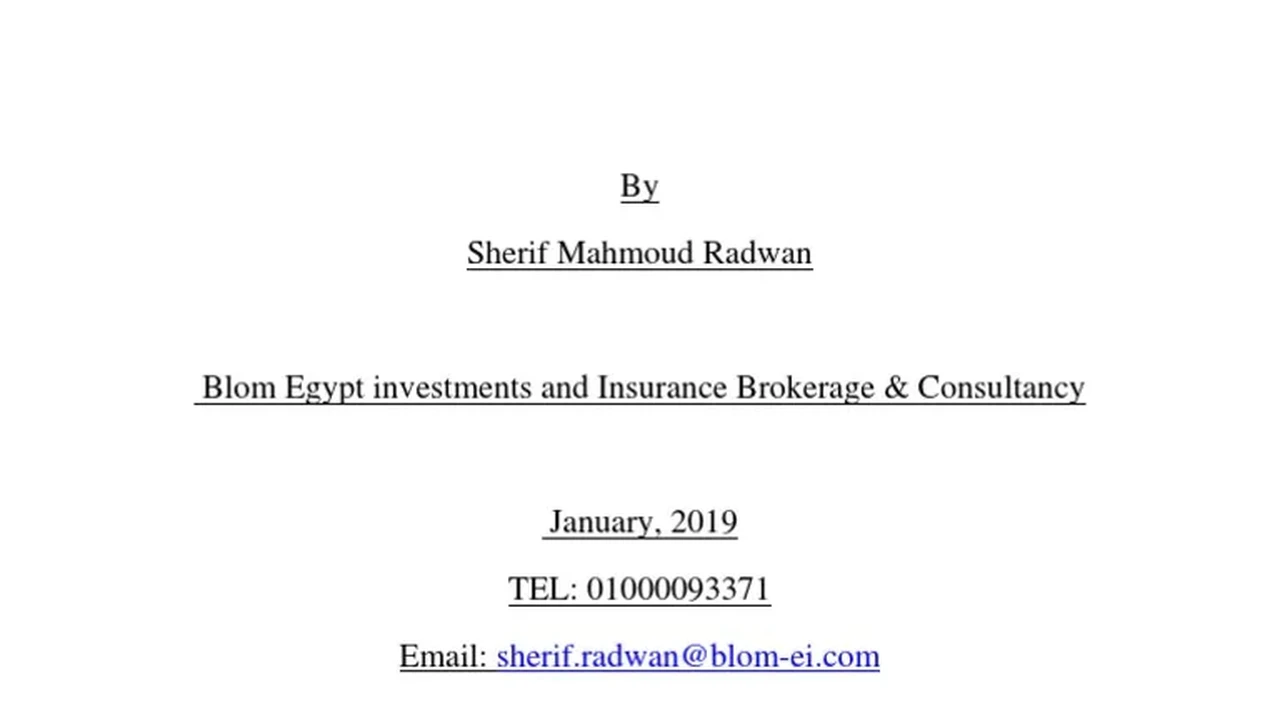Understanding Your Car Insurance Policy After an Accident

What Happens After a Car Accident Car Insurance Claim Process Explained
Okay, so you've been in a car accident. Not fun, right? The adrenaline's pumping, you're exchanging information, and then...the paperwork starts. Dealing with your car insurance policy after an accident can feel like navigating a maze. But don't worry, we're here to help you understand the process. Let’s break down what you need to know, step-by-step.
Step 1: Reporting the Accident to Your Insurance Company
First things first, report the accident to your insurance company as soon as possible. Most policies require you to do this within a certain timeframe, usually 24-72 hours. Don't delay! Even if you think you're not at fault, reporting it protects you in case the other driver tries to claim otherwise. When you call, be prepared to provide details like the date, time, and location of the accident, as well as the other driver's information (name, insurance company, and policy number).
Step 2: Reviewing Your Car Insurance Policy Coverage Types Understanding Your Policy
Now's the time to dust off your car insurance policy and actually read it. Sounds boring, I know, but it's crucial! Familiarize yourself with your coverage types. Here’s a quick rundown of some common ones:
- Liability Coverage: This covers damages you cause to others if you're at fault in the accident. It includes both bodily injury liability (covering their medical expenses) and property damage liability (covering damage to their vehicle or other property).
- Collision Coverage: This covers damage to your vehicle, regardless of who was at fault. You'll typically have a deductible to pay before the insurance kicks in.
- Comprehensive Coverage: This covers damage to your vehicle from things other than collisions, such as theft, vandalism, fire, or natural disasters. It also usually has a deductible.
- Uninsured/Underinsured Motorist Coverage: This covers your medical expenses and vehicle damage if you're hit by someone who doesn't have insurance or doesn't have enough insurance to cover your damages.
- Personal Injury Protection (PIP): This covers your medical expenses and lost wages, regardless of who was at fault. It's required in some states.
Understanding these coverages is key to knowing what your policy will pay for after an accident. Pay special attention to your coverage limits and deductibles. These will determine how much the insurance company will pay and how much you'll be responsible for.
Step 3: The Claims Investigation and Car Damage Assessment Process
Once you've reported the accident, the insurance company will start an investigation to determine who was at fault and how much the damages are. They may ask you for a statement about what happened, and they may also interview witnesses. They'll also likely want to inspect the damage to your vehicle. They might send an appraiser to your home or ask you to take your car to a specific repair shop for an estimate. It's important to cooperate with the insurance company during the investigation, but you also have the right to get your own independent estimate from a repair shop of your choice.
Step 4: Understanding Your Car Insurance Policy Settlement Options and Payments
After the investigation, the insurance company will make a settlement offer. This is the amount they're willing to pay to cover your damages. You can accept the offer, negotiate for a higher amount, or dispute the offer if you think it's unfair. If you accept the offer, you'll typically sign a release form, which means you agree not to pursue any further claims related to the accident. The insurance company will then issue a payment for the agreed-upon amount. If you have collision or comprehensive coverage, the payment will be made to you, minus your deductible. If you're dealing with the other driver's insurance company, the payment will be made directly to you or to the repair shop.
Specific Product Recommendations Car Insurance Policy Add-ons and Features
Okay, so you understand the basics of your policy. But what about those extra features and add-ons that can really make a difference after an accident? Let's talk about a few.
Gap Insurance What it Covers and When to Use It
Gap insurance is designed to cover the "gap" between what you owe on your car loan and what the car is actually worth if it's totaled. This is super important, especially if you financed a large portion of your vehicle or if it depreciates quickly. Imagine you owe $20,000 on your car, but it's only worth $15,000 after an accident. Without gap insurance, you'd be on the hook for the remaining $5,000. Gap insurance covers that difference. It's typically offered by dealerships or lenders when you finance a car, and it's relatively inexpensive. Usage Scenario: If you have a brand new car or a car with a high loan balance, gap insurance is a smart buy. Comparison: Some insurers offer "loan/lease payoff" coverage, which is similar to gap insurance but may have different limitations. Price: Typically ranges from $200-$700 for the life of the loan.
Rental Car Reimbursement Car Insurance Policy Convenience
Rental car reimbursement covers the cost of a rental car while your vehicle is being repaired after an accident. This can be a lifesaver if you rely on your car for work or daily errands. The coverage usually has a daily limit (e.g., $30 per day) and a maximum limit (e.g., $900 total). Usage Scenario: If you need a car to get to work or school while yours is being repaired, rental car reimbursement is essential. Comparison: Some policies offer "loss of use" coverage, which pays you a set amount for each day your car is out of service, regardless of whether you actually rent a car. Price: Adds approximately $50-$150 per year to your premium.
Roadside Assistance Car Insurance Policy Peace of Mind
Roadside assistance provides help if you experience a breakdown, flat tire, dead battery, or other roadside emergency. It can include services like towing, jump-starts, and fuel delivery. Usage Scenario: If you frequently drive long distances or live in an area with unreliable cell phone service, roadside assistance is a great idea. Comparison: Many auto manufacturers offer roadside assistance as part of their warranty, so check if you already have coverage. Also, consider standalone roadside assistance programs like AAA. Price: Adds approximately $25-$75 per year to your premium.
Accident Forgiveness Protection After a Car Insurance Claim
Accident forgiveness prevents your insurance rates from increasing after your first at-fault accident. It's a valuable perk that can save you money in the long run. However, it's not offered by all insurance companies, and it may come with certain restrictions (e.g., you must have a clean driving record for a certain period of time). Usage Scenario: If you're a relatively new driver or have a history of minor accidents, accident forgiveness can provide peace of mind. Comparison: Some insurers offer "vanishing deductible" programs, which gradually reduce your deductible over time as long as you maintain a clean driving record. Price: Can add significantly to your premium, potentially 10-20%.
Comparing Car Insurance Products and Providers Car Insurance Policy Options
Choosing the right car insurance policy can be overwhelming, with so many providers and options available. Let's compare a few popular insurers and their offerings.
State Farm Comprehensive Car Insurance Policy
State Farm is known for its strong customer service and wide range of coverage options. They offer standard coverages like liability, collision, and comprehensive, as well as optional coverages like rental car reimbursement and roadside assistance. State Farm also offers Drive Safe & Save, a usage-based insurance program that rewards safe driving habits with discounts. Pros: Excellent customer service, wide range of coverage options, usage-based discounts. Cons: Can be more expensive than other insurers, especially for drivers with less-than-perfect driving records. Price: Average annual premium for full coverage: $1,500.
GEICO Affordable Car Insurance Policy
GEICO is known for its competitive rates and easy-to-use online tools. They offer standard coverages, as well as optional coverages like mechanical breakdown insurance (MBI), which covers repairs to your vehicle that aren't related to an accident. GEICO also offers discounts for military members, federal employees, and students. Pros: Affordable rates, user-friendly website and app, discounts for various groups. Cons: Customer service can be inconsistent, MBI coverage may have limitations. Price: Average annual premium for full coverage: $1,200.
Progressive Flexible Car Insurance Policy
Progressive is known for its innovative products and services, such as Name Your Price, which allows you to set your own budget and find a policy that fits your needs. They offer standard coverages, as well as optional coverages like gap insurance and rideshare insurance. Progressive also offers Snapshot, a usage-based insurance program that tracks your driving habits and rewards safe drivers with discounts. Pros: Innovative products and services, customizable coverage options, usage-based discounts. Cons: Can be more expensive than other insurers for some drivers, customer service can be inconsistent. Price: Average annual premium for full coverage: $1,350.
Allstate Reliable Car Insurance Policy
Allstate is a well-established insurer with a wide network of agents and a variety of coverage options. They offer standard coverages, as well as optional coverages like new car replacement and deductible rewards. Allstate also offers Drivewise, a usage-based insurance program that rewards safe driving habits with discounts. Pros: Wide network of agents, a variety of coverage options, usage-based discounts. Cons: Can be more expensive than other insurers, especially for younger drivers. Price: Average annual premium for full coverage: $1,600.
Navigating the Car Insurance Claim Process Common Pitfalls to Avoid
Even with a good understanding of your policy, the claims process can be tricky. Here are a few common pitfalls to avoid.
Not Reporting the Accident Promptly Car Insurance Policy Requirements
As mentioned earlier, it's crucial to report the accident to your insurance company as soon as possible. Delaying the report can jeopardize your claim and even lead to denial of coverage.
Providing Inaccurate Information Car Insurance Policy Honesty
Be honest and accurate when providing information to the insurance company. Misrepresenting the facts can be considered fraud and can result in serious consequences.
Accepting the First Settlement Offer Car Insurance Policy Negotiation
Don't feel pressured to accept the first settlement offer. Review it carefully and compare it to your own estimates of the damages. If you think the offer is too low, negotiate for a higher amount. You have the right to present evidence and argue your case.
Failing to Document Everything Car Insurance Policy Record Keeping
Keep detailed records of everything related to the accident and the claims process. This includes photos of the damage, police reports, medical bills, repair estimates, and all communications with the insurance company. Having these records will be invaluable if you need to dispute the claim or take legal action.
Not Seeking Legal Advice Car Insurance Policy Rights
If you're having trouble with your insurance claim or if you're seriously injured in the accident, don't hesitate to seek legal advice from a qualified attorney. An attorney can help you understand your rights and navigate the legal process.
:max_bytes(150000):strip_icc()/277019-baked-pork-chops-with-cream-of-mushroom-soup-DDMFS-beauty-4x3-BG-7505-5762b731cf30447d9cbbbbbf387beafa.jpg)






